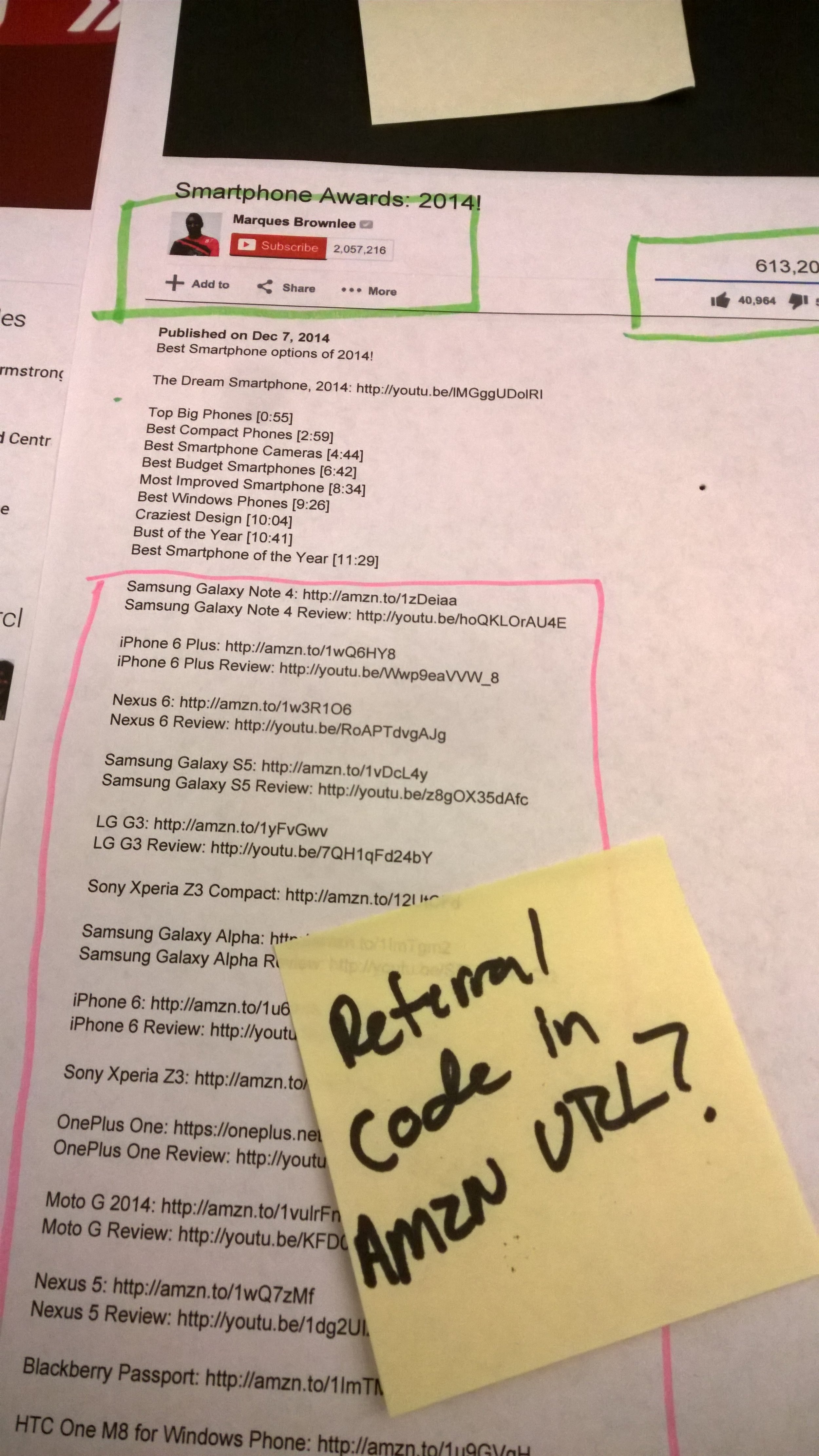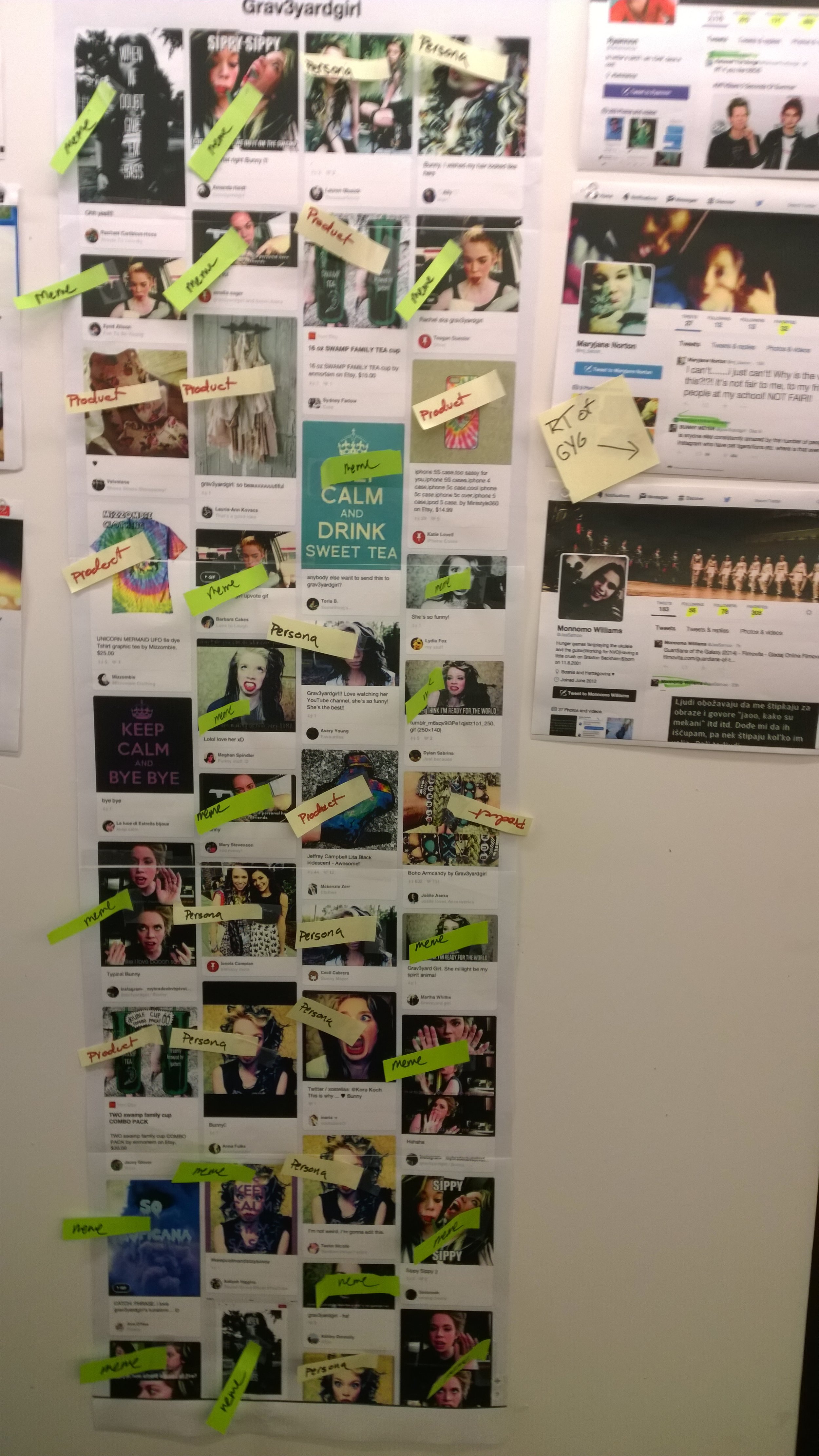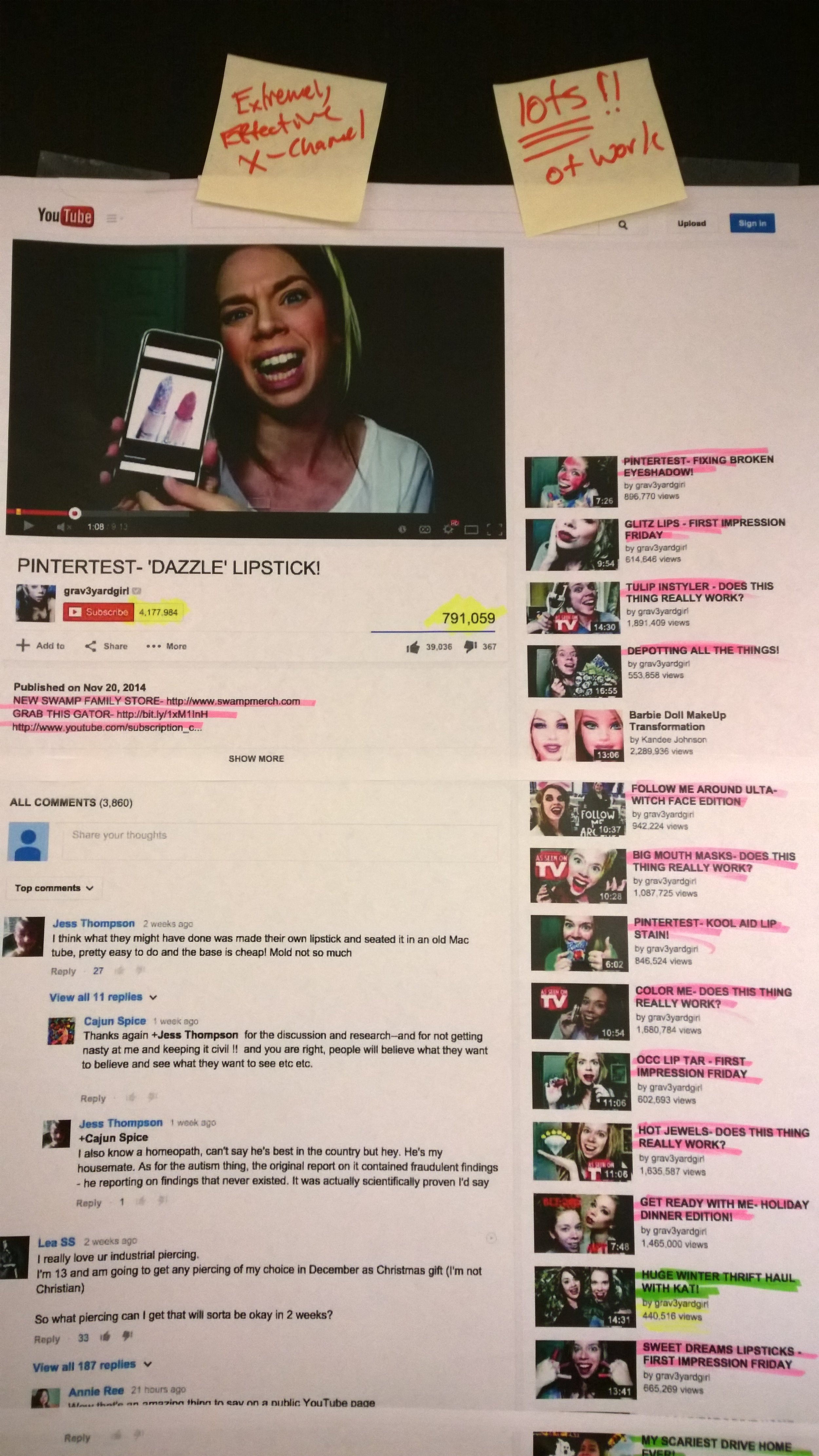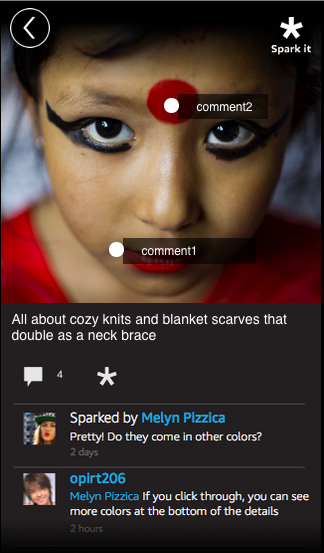Amazon Spark
“Conversation is king. Content is just something to talk about.”
― Cory Doctorow
Research artifacts from the six week design charrette I led to define the strategy and concept behind Amazon Spark. Amazon's socially curated shopping experience on mobile.
In late 2014 I led a 6-week design charrette with the assistance of a junior designer to develop a social shopping experience for Amazon.
The initial direction given for the exercise was to develop a "new like button" (sigh...) to "help customers share their favorite products with their friends and other shoppers who shared their tastes... We, uh... went a different direction.
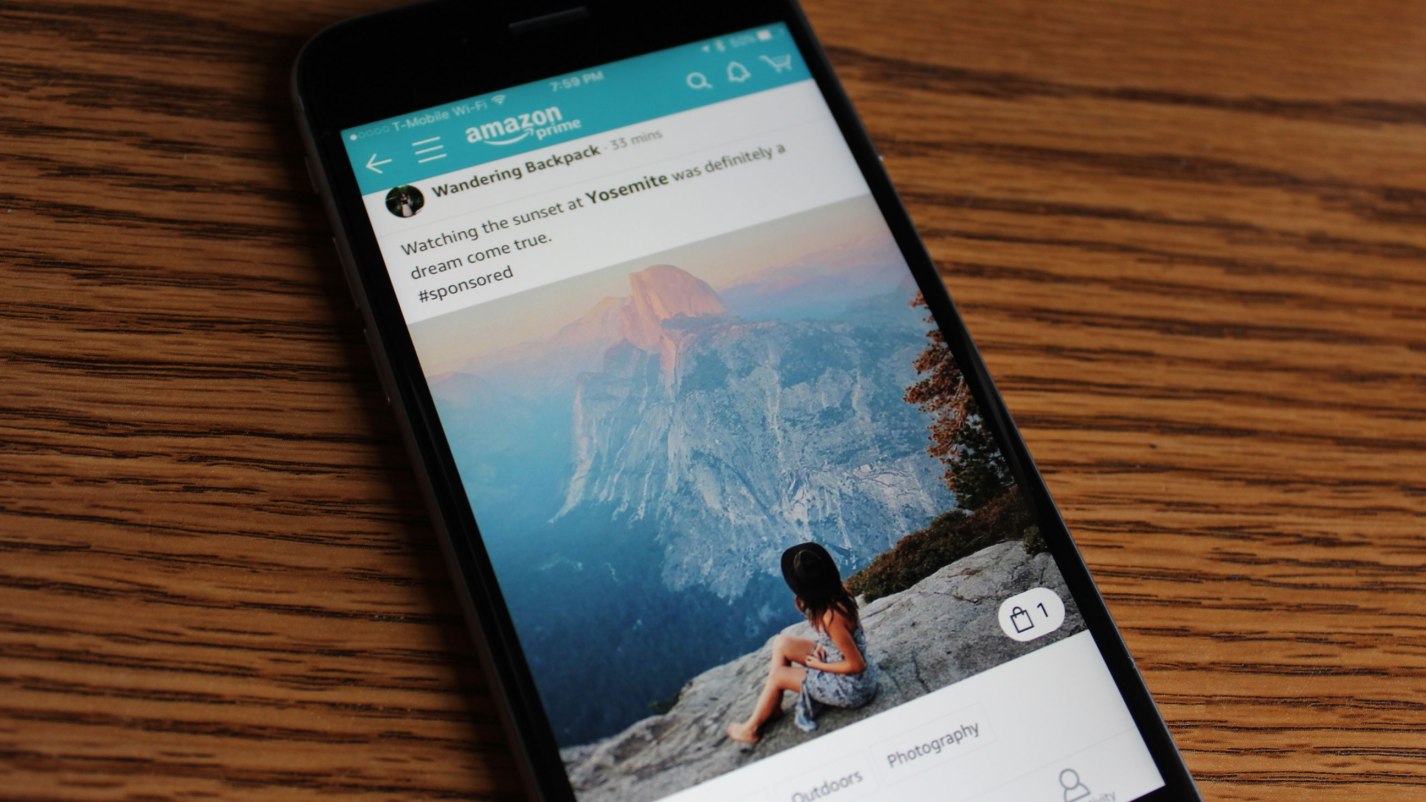
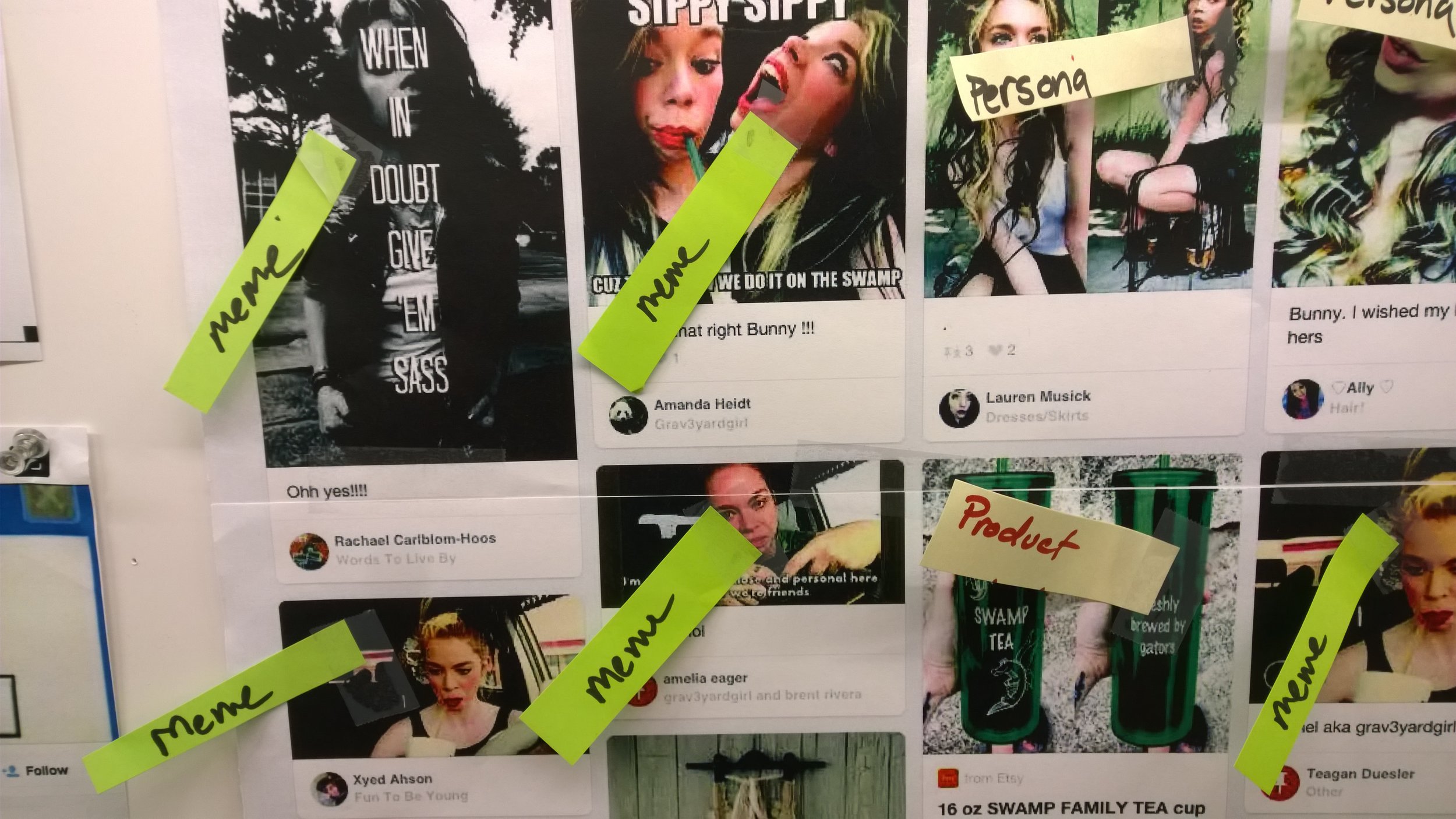
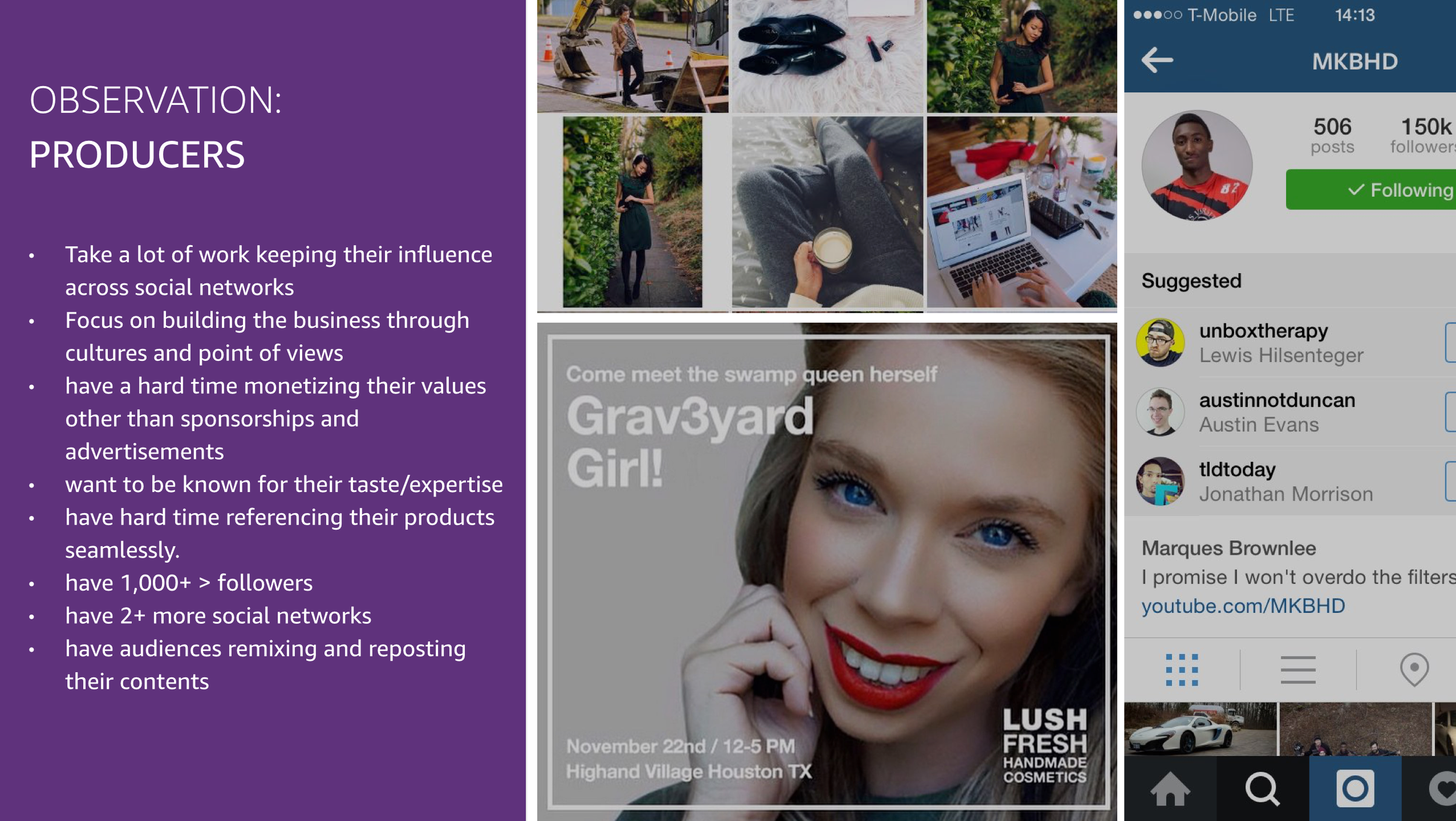
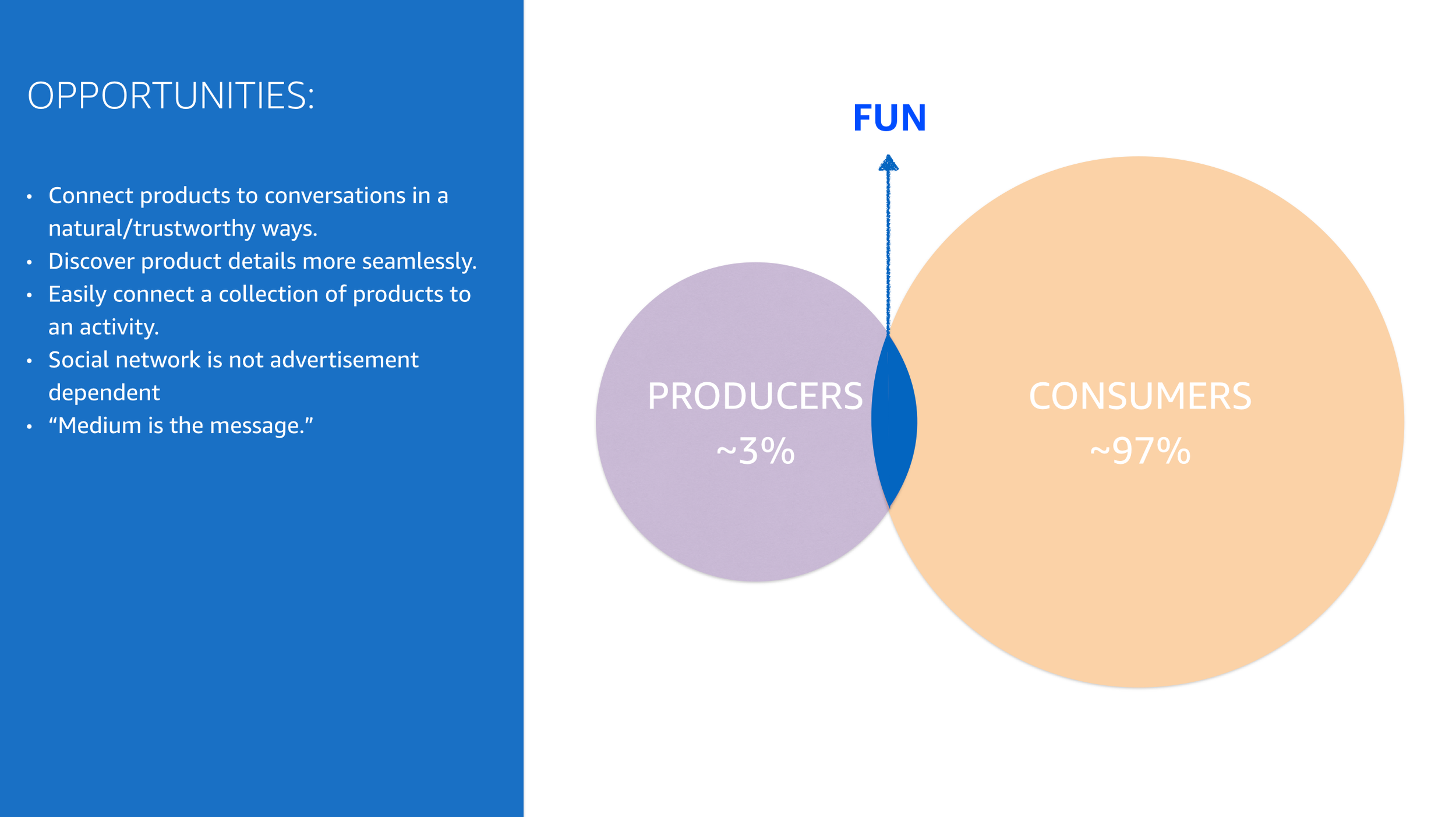
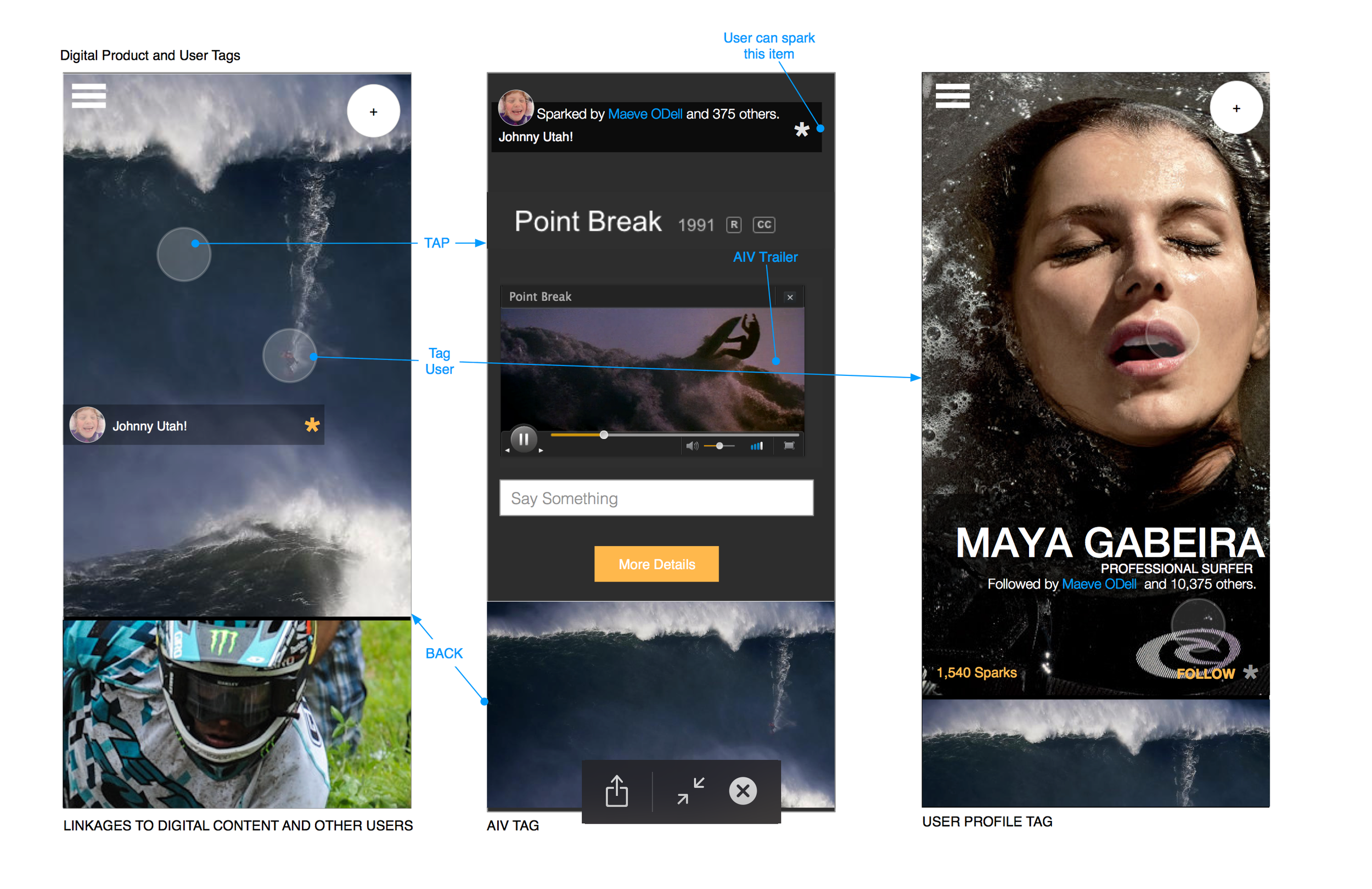

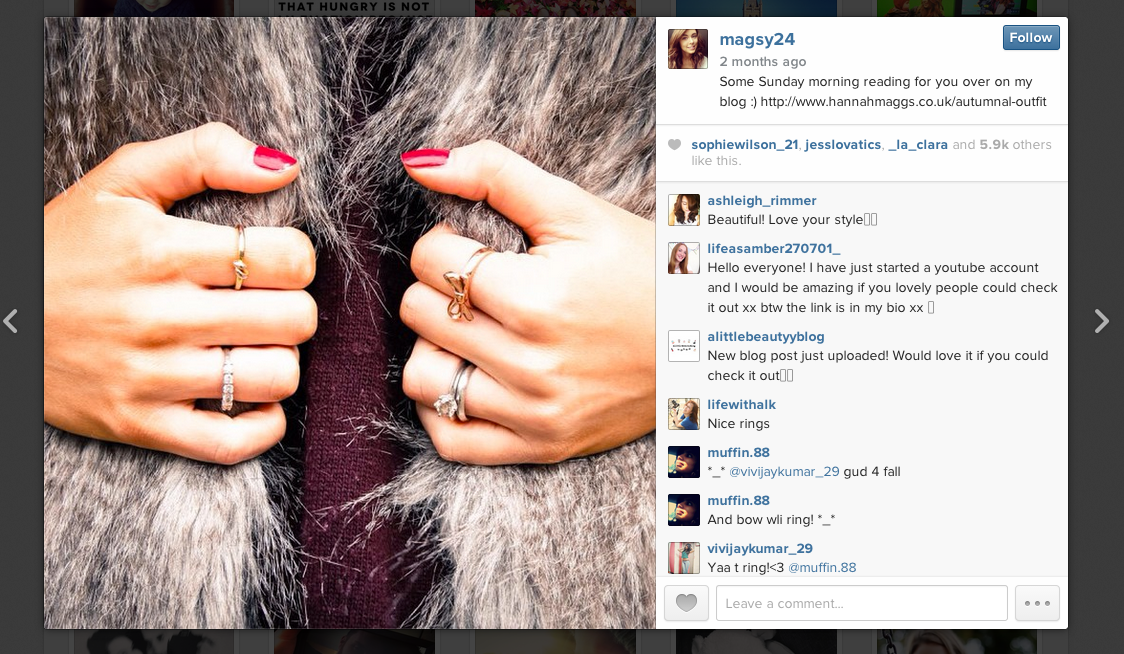
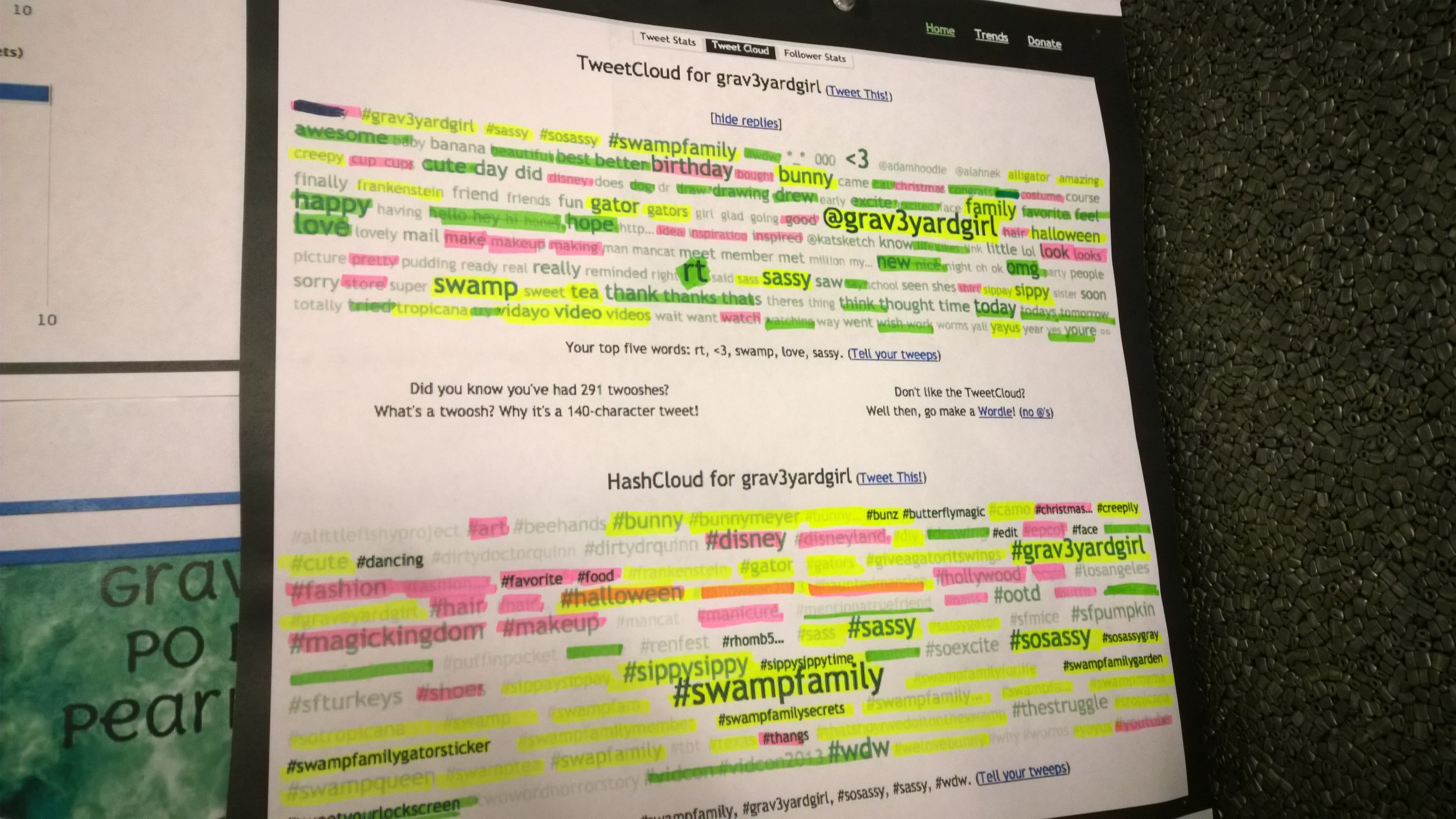

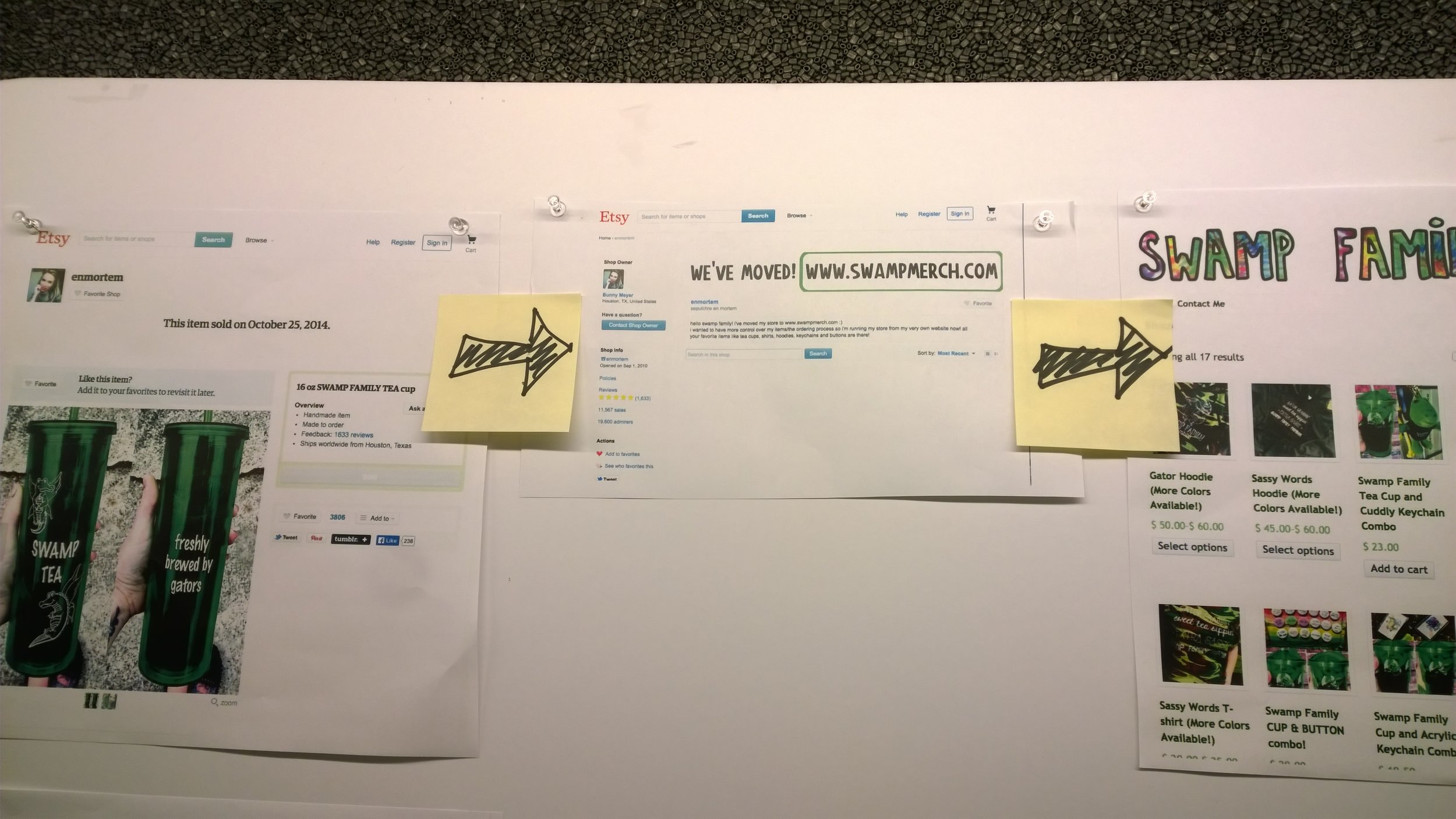
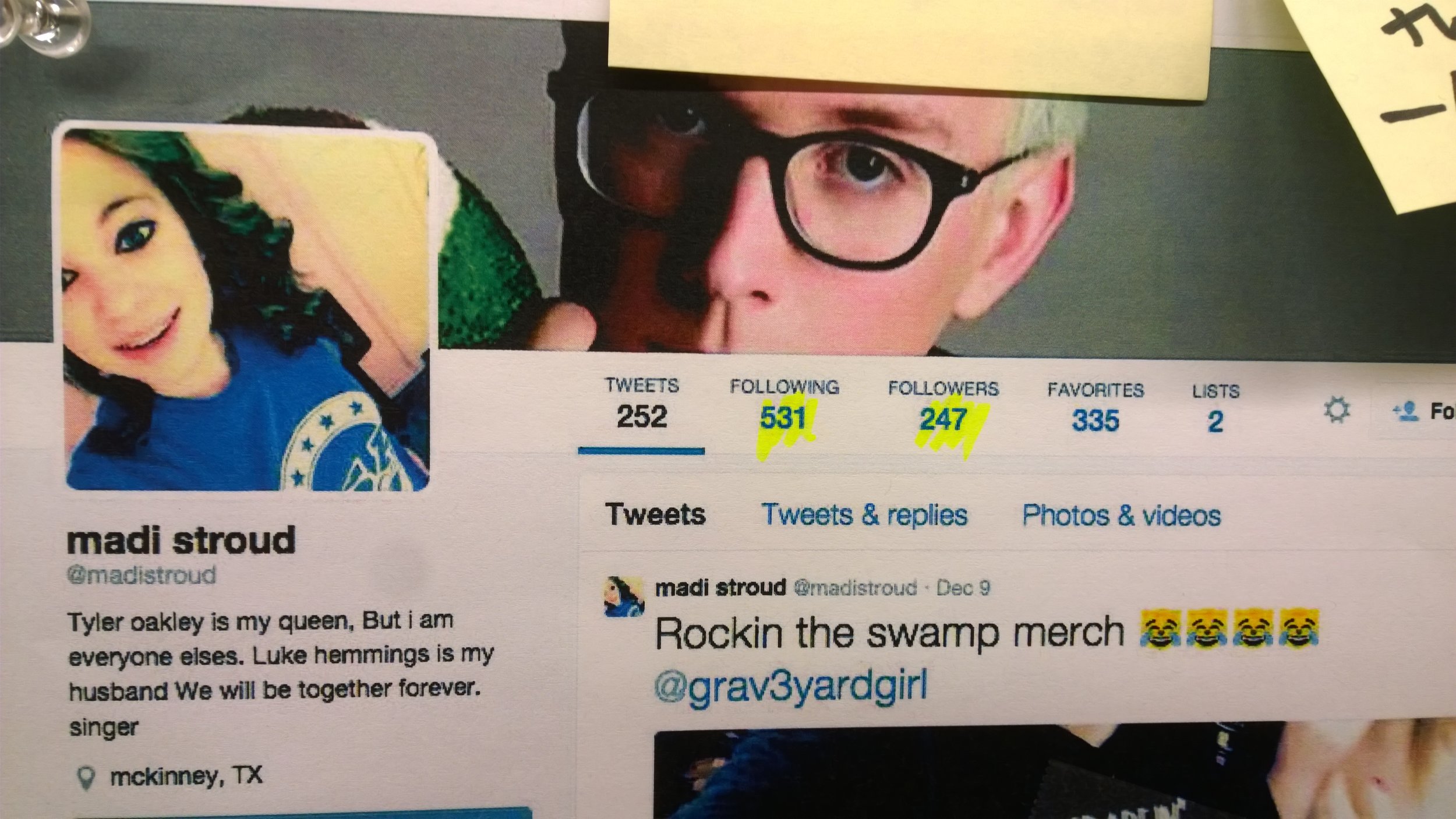
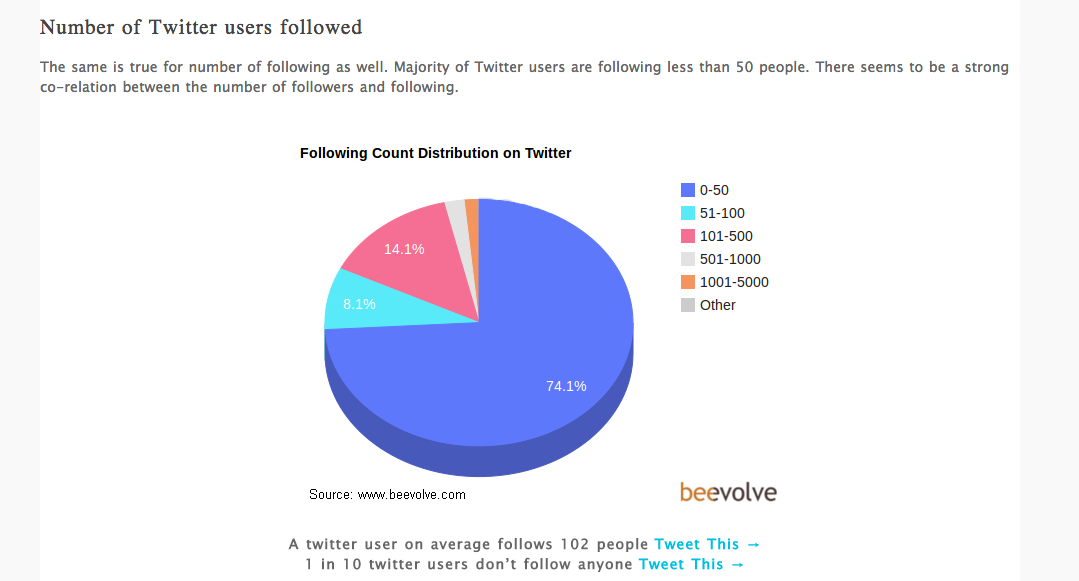
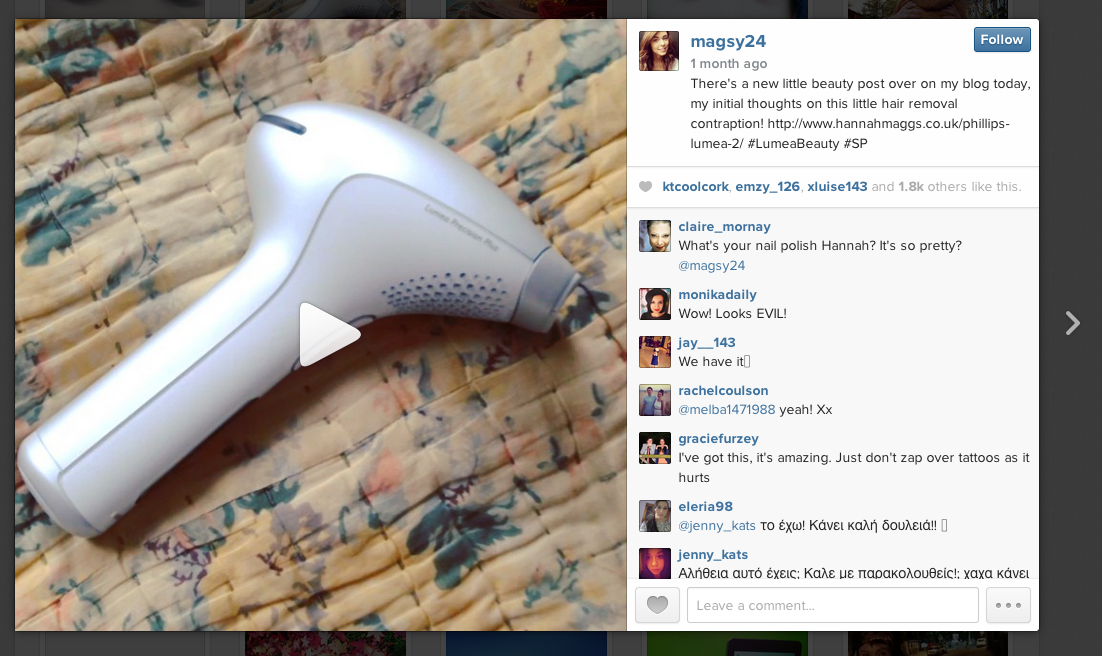
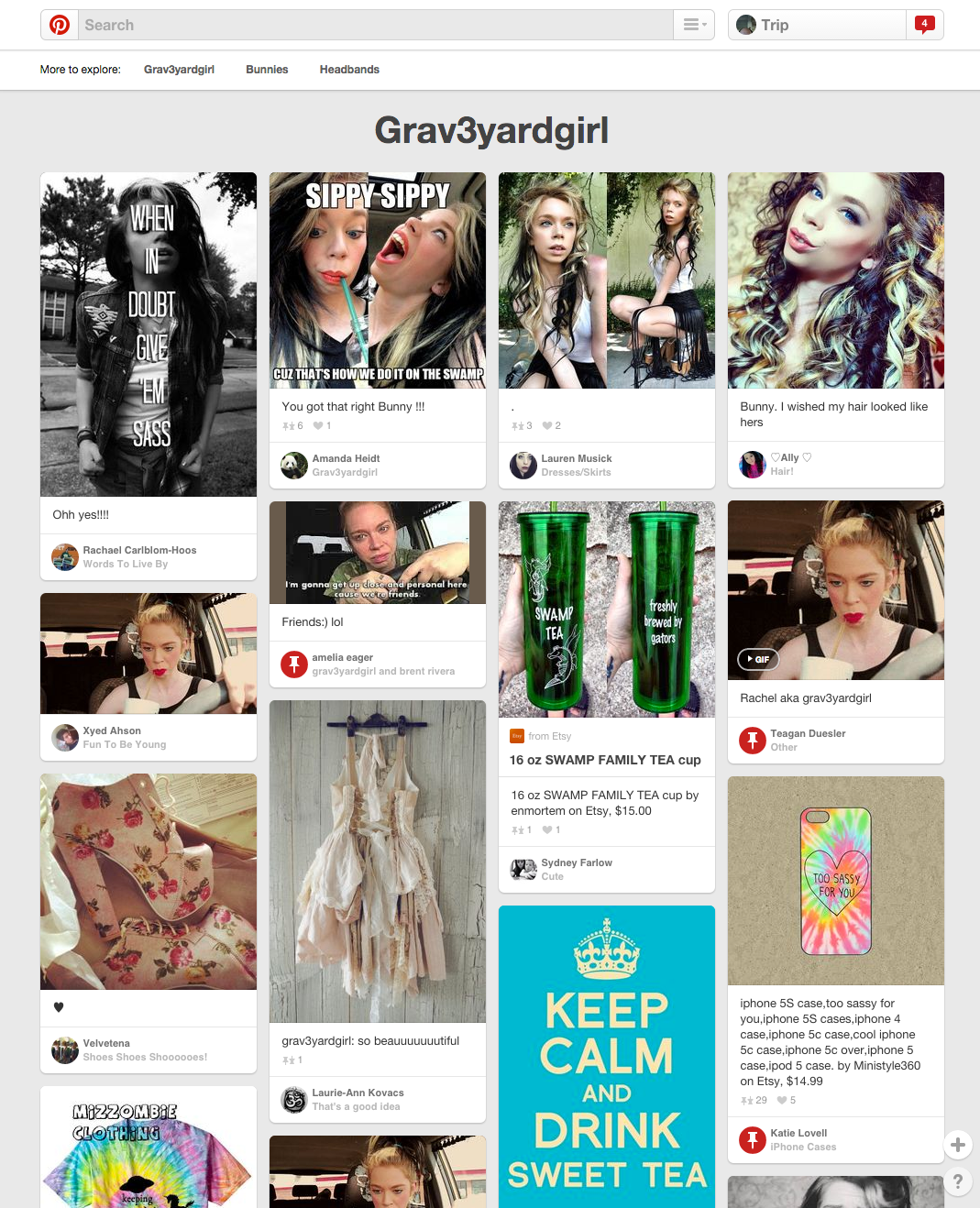
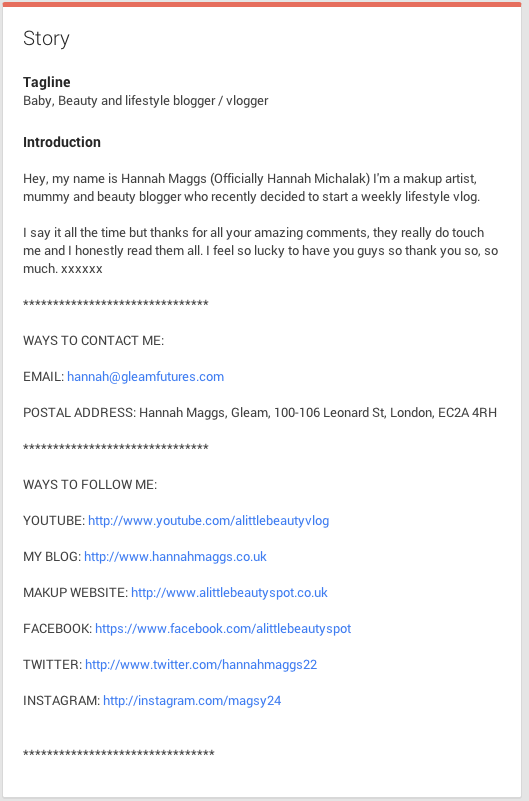
Social media doesn't have a purpose without engagement. People don't look to Facebook, Instagram, YouTube, Twitter or any other platform to kill time; they're seeking human connection.
Online, a minority of users create a majority of the content, and an even smaller group of "social media influencers." can develop large audiences of highly engaged followers who amplify the things they say and do.
We identified several of these self-made stars, and started examining their activity across multiple social channels to see what they were doing differently than typical users. What we discovered was fascinating.
We started with YouTube, which had an established cadre of social media stars (we called them "micro-celebrities") who were earning millions of dollars a year reviewing, using and discussing products online. As we dug into their activity, we noticed some emergent patterns.
Each micro-celebrity had a primary platform (usually You-Tube) where they invested most of their time and energy. They were self-taught amateurs who operated like small brands.
They used other social networks extensively, but very differently, not just to drive traffic to their primary channel, but to engage their audience regularly.
They ran extremely sophisticated campaigns worthy of Madison Avenue, with disciplined publishing schedules across networks. They did not invest in overly produced content.
The principal activity of the micro-celebrity was to curate content for their community of followers and to engage with them intimately. They were using a phenomenon that is known to social psychologists as "para-social" interactions. Engaging strangers who follow them like they were friends. These activities resulted in the audience amplifying the reach of their message across networks.
The micro-celebrities would circumvent the features of a social platform intended to prevent sending traffic elsewhere, or gaming a revenue stream with ingenious, low-tech hacks:
Compositing URLs into their "fashion lookbooks" on Instagram to sites that enabled them to get affiliate fees for the items purchased (http://www.likeitloveitneedit.com/)
Adding product links into video show notes with embedded Amazon affiliate codes.
Compositing URLs to their swag stores in the graphics of their Youtube channels.
Using their audience growth to develop endorsement deals with brands and personal appearance fees.
Meanwhile, the activity in the social channels remained solidly focused on developing and engaging the audience. We found that on average for every message that expressly talked about a particular product, there were 20 messages concentrated on creating a sense of community and shared identity and expanding their influence.
From those insights, we developed a prototype we called "Spark" (because products spark conversation). It was based on a social feed similar to Instagram but enabled the user to embed links, discussions, and comments in hot spots that sat on top of the image. These sparks included links to music, video clips, books, clothing, cosmetics, jewelry - pretty much any product that could be a meta point in a discussion.
After we presented the concept, we were told "Cool, but this isn't a Like Button (sigh...). Fortunately, the idea was handed off to the Amazon social shopping team, who shipped the entire concept, virtually unchanged in the Summer of 2017.

